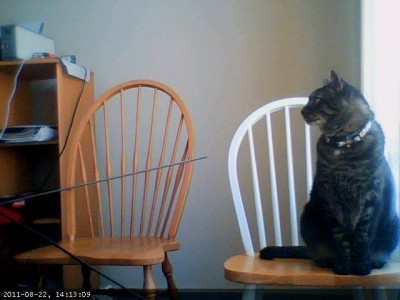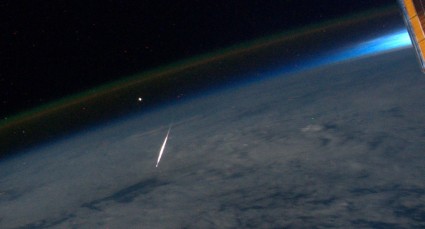Today I noticed an editorial by founding member of the Eagles, Don Henley asking for the passage of the PROTECT IP Act currently stalled in the U.S. Senate.
The basic of idea of the PROTECT IP act is that the Attorney General or private intellectual property rights holders can ask the court to issue an injunction against foreign “rogue” sites whose primary purpose is to engage in intellectual property violations. When such an injunction is granted, search engines, Internet providers, credit card companies, and ad networks would be required to cut off all access to these sites.
There are perhaps some arguments to be made for such an approach, but Henley doesn’t seem to find them. Instead, he seemingly wants to engage in dramatic hyperbole. He begins with a claim that foreign websites trafficking in “American arts and entertainment products” cost the U.S. 58 billion dollars annually and 373,000 lost jobs, with 16 billion dollars in lost earnings and 2.6 billion dollars in lost tax revenue. Wow! That does seem serious.
But where do these numbers come from? Apparently from this study this study by IPI.org. These numbers are apparently drawn from a study which examined data from 2005. But where did they get these numbers? By numbers which are for the most part reported by industry groups that represent rights holders, rather than by any actual statistics on piracy costs. For instance, the IPI study highlights numbers from the Business Software Alliance, a group which has been widely criticized for methodology which exaggerates the cost of infringement on copyrighted software.
But we could argue about what those numbers are all day. I’m not going to really try to argue them because I doubt any meaningful numbers exist. I certainly have none that I would propose.
What is really disturbing is that it can’t possibly work. The PROTECT IP Act requires that DNS servers and search engines remove the information and routes that would allow American citizens to reach these foreign infringing websites. In other words, it requires them to censor websites. And in the words of John Gilmore,
The Net interprets censorship as damage and routes around it.
If domestic name servers start to censor individual websites, all we will have done will be to create a market for offshore name servers and search engines which aren’t censored. The Internet is supposed to allow every end point to talk to every other end point. That is what it is for.
This article lists eight different ways to circumvent the PROTECT IP Act. It’s easy. Really easy. Provide incentive to anyone, and it will be even easier. It’s not like every downloader needs to be smart. As Mike Godwin said, all you need is one smart cow, the rest will follow him out the open gate. It’s not clear that the PROTECT IP Act will recover even a single dollar of lost revenue, or create one job.
Unless of course, you consider the government jobs it creates. The Congressional Budget Office estimates that enforcement of the law will cost about $10 million annually, and will require the Justice Department to hire 48 people. It should be noted that this does not include the cost to tech companies for whom compliance with the Act is simply an expense.
But what really irks me about Henley is this paragraph:
Critics of this pending legislation need to be honest about the company they keep and why they essentially aid and abet these criminal endeavors. The Electronic Frontier Foundation (EFF), a civil liberties group, claims such a bill would “break the Internet,” while Google Executive Chairman Eric Schmidt says it sets “a disastrous precedent” for freedom of speech. No one has the freedom to commit or abet crimes on the Internet. Stopping crime on the Internet is not, as EFF says, “censorship.” There is no First Amendment right to infringe intellectual property rights.
It begins with an intended slur: if you object to the PROTECT IP Act, you are aiding criminals, as if there were no reason to object to it. You could object to it on the grounds that the MPAA and the RIAA have consistently misrepresented their losses. That they have continued to successfully lobby for increasingly expansive and draconian remedies against infringers. That legislation like the PROTECT IP Act do signficant damage to fundamental principles like “presumption of innocence”, “burden of proof” and “freedom of speech”. And from my view, that it cannot possibly work without creating greater damage than it prevents.
Google CEO Eric Schmidt said it thusly:
“I would be very, very careful if I were a government about arbitrarily [implementing] simple solutions to complex problems,” he said. “So, ‘let’s whack off the DNS’. Okay, that seems like an appealing solution but it sets a very bad precedent because now another country will say ‘I don’t like free speech so I’ll whack off all those DNSs’ – that country would be China.
“It doesn’t seem right. I would be very, very careful about that stuff. If [the UK government] do it the wrong way it could have disastrous precedent setting in other areas.”
In the United States, we are supposed to consider even bigger issues than money and jobs.
Don Henley: Internet theft is a job-killer, too – USATODAY.com.


